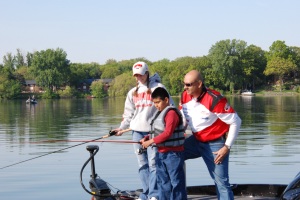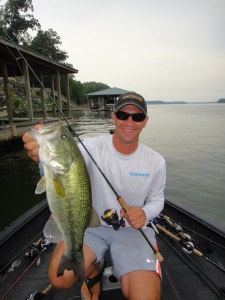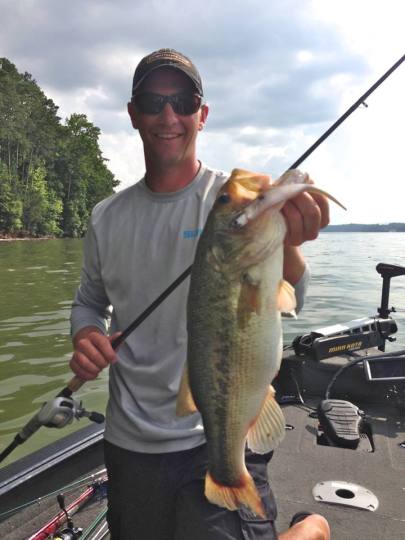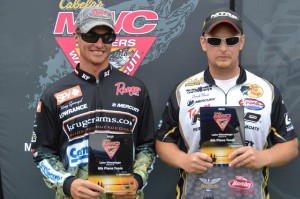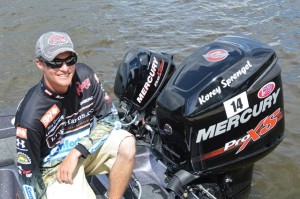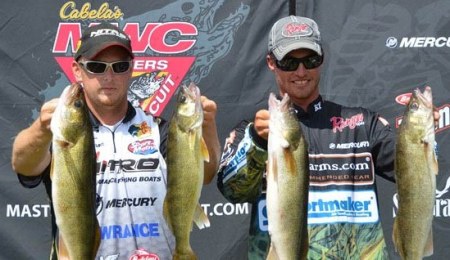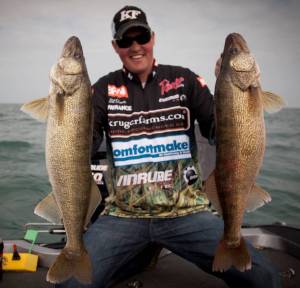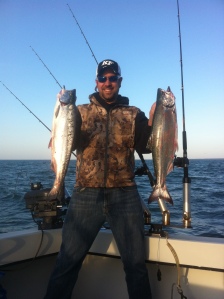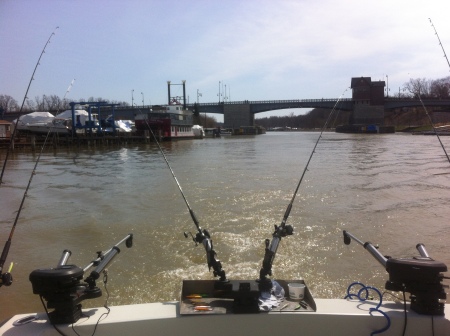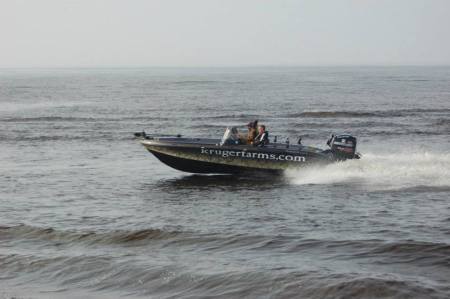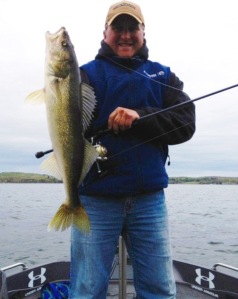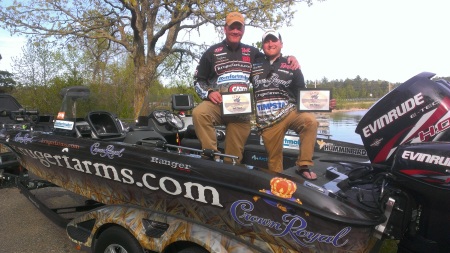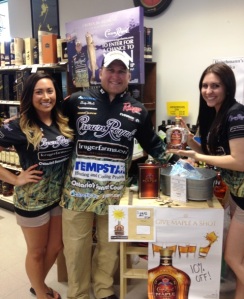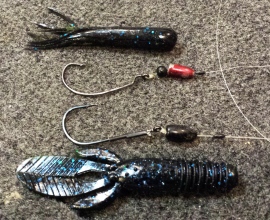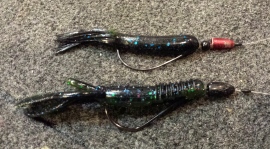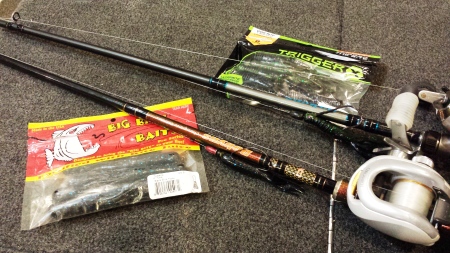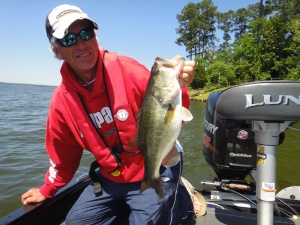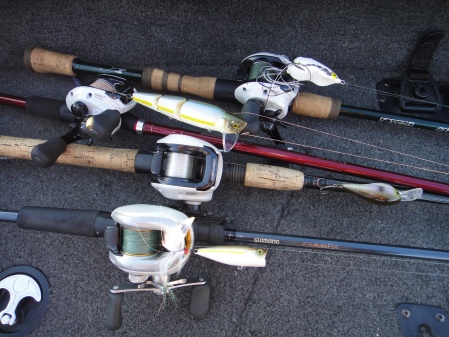Pro-staff Contributor: Michaela Anderson
Fishing seems like a simple sport at first glance, but when you walk into a tackle shop or start researching tackle and equipment online it can be very overwhelming. There are a few basic things you should keep in mind–like a life jacket, sunscreen and boat snacks–then check out my tips below to help decide what rods, reels and tackle you should focus on for your first fishing trip!
Rod and Reel
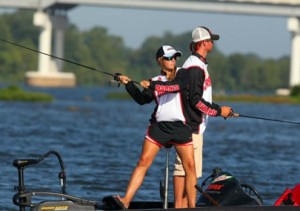
Michaela (fishing here at the BASS National Championship) attributes her love of fishing to starting at a young age.
To begin with, you are going to need a rod and reel–the options in this category are endless! For beginners, I would recommend starting with spinning gear because learning to fish on baitcasting reels can be frustrating. When it comes to rods and reels, the saying “you get what you pay for” holds very true. In comparison to their cheaper counterparts, the more expensive reels will offer an easier cast, smoother handle, and added sensitivity. However, if you are afraid of making a big investment right away, or are taking a kid fishing for the first time, you don’t need the latest and greatest. Shimano has a great lineup of reels under $75, like the Sedona, Solstace and Sienna, that are great for starter reels or as gifts for kids.
When you are picking out your rod, you should consider what action you are looking for. If you are targeting panfish specifically, I would use a light or ultra-light rod like the Shimano Clarus. If you are fishing for whatever is biting, a medium to medium-heavy action rod has good all-species action. A medium-heavy rod will be your best option if you are using heavier baits or catching a lot of pike. Along with action options, you can also choose your rod length. You will be able to cast farther with a longer rod, but a rod over 7′ long can be tough for kids to handle–so if you’re fishing with kids, focus on a 6′ 6″ or 6′ rod which will be a lot easier to use.
Tackle and Line
Tackle is a huge category and as you start to advance and fish more it becomes easier to pick which baits you think will work best for the specific lake and species you are fishing. For panfish, the basic equipment is light line (like 4lb Sufix mono), bobbers, small hooks or jig heads (like an 1/8oz VMC Dominator hammer head jig), and bait (such as night crawlers). If you’re not fishing for a specific species, use a slightly heavier line like 10 lb Sufix mono or fluorocarbon and a VMC Neon Moon Eye jig with a minnow. Playing with the minnows can also be great entertainment for kids if the fishing gets slow.
If you want to target walleyes, crankbaits (like a Rapala Shad Rap) or spinners (like a VMC Revolution Classic spinner) with a night crawler or minnow are great options. Bass fishing adds a ton of options when it comes to using artificial baits. The basic types of baits to consider are a fast-moving bait–that imitates a baitfish and entices a reaction bite–and a bait that has a slower presentation for less aggressive fish. The Rapala DT series provides options for fishing in all depths and around all types of cover. Also, I believe that one of the most under appreciated baits in bass fishing is the stick-style worm. My favorite is the Trigger X Flutter worm. I always have this bait on hand and it is my go-to bait when I take kids fishing. There are so many ways to rig this bait and they all catch fish. The two most productive ways I have found to rig a flutter worm is weightless (which means using the just the hook) or on a VMC Stand Up Shaky Head jig. I will fish it weightless either Texas rigged on a VMC Wide Gap hook or wacky rigged on a VMC Wacky Hook.
I hope that these tips help you feel comfortable prepping for your first fishing trip. Once you get your toes wet, there are a lot of options to try out and you can test out your success in different types of water and foliage. In Minnesota there will be a lot of fish in the weeds and weed lines, which are easy to find without any electronics. If you need more help getting ready–feel free to post your questions on this blog and I’ll be happy to answer them!
Michaela Anderson is a college angler fishing the FLW, B.A.S.S. College Circuits and select FLW Walmart Tour events representing krugerfarms.com, Trigger X and the University of St. Thomas. You can follow her on Twitter (@MichaelaFishing) and like her on Facebook (facebook.com/MichaelaAndersonFishing).
